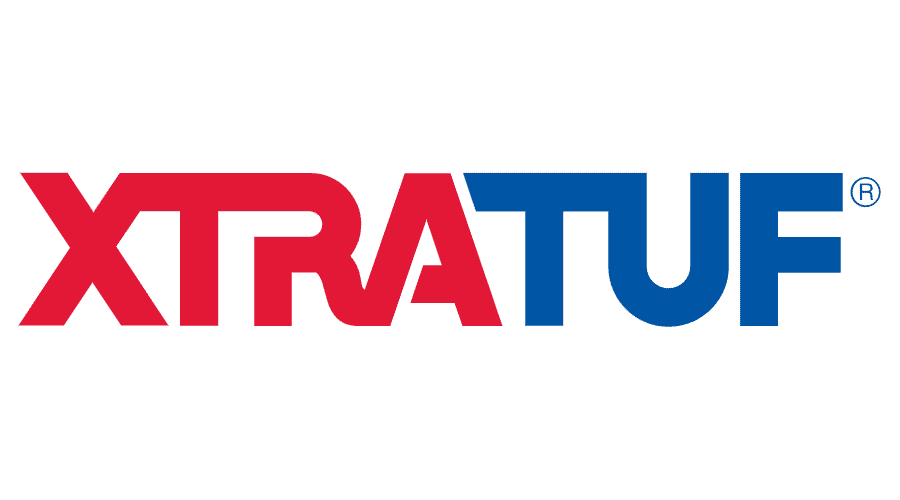
May 15, 2024
International Water Safety Day: 9 Things to Know About Safety
International Water Safety Day is a good day for reminders. Over the years, technology has improved. We can identify looming weather situations, and we can track boats, but some things stay the same: weather threats, lightning strikes, and overall dangerous conditions.
The rowing community is responsible for keeping our waterways safe. This International Water Safety Day, take the time to review USRowing's resources on water safety and best practices.
Nine Things to Know About Water Safety
1. Know the waterway: Check site maps for right of way, hazards, and safe haven exit points. Get familiar with the site map. Learn all right-of-way areas, hazards, and safe exit points should lightning or other threatening conditions arise. Being aware of your surroundings helps reduce accidents.
2. Check your equipment. Is the boat ready to row? Do you have a bow ball, heel ties, and lights? All medical equipment you need? Do athletes have their medications and inhalers readily available?
3. Can all rowers swim? If not, wear a PFD.
4. Always assess the conditions and stay safe. Is it windy? Thundering? Cold? Strong current can cause accidents and add to debris on the water. Fog is disorienting, and lights are needed for darkness. Lightning means stay off or get off the water. Assess before you launch. Staying off the water is always a safe option.
5. Have an emergency plan and make sure everyone knows it. It is important to know the addresses of your boathouse, boathouses in the area, and the ramps to better assist emergency vehicles during an emergency.
6. Use the log book. Everyone should know what boats are on the water at all times.
7. Keep boathouse docks and ramps clear.
8. Be sure coaches wear a PFD on the launch, meet training requirements ,and carry rescue equipment for their crew. Do not coach from a single. If the coached boat has an incident, can the coach rescue anyone? Are they carrying life jackets for their rowers? Coaches in the safety launch should wear a PFD and carry enough PFDs for the crew.
9. Check the checklist! USRowing has an official Safety Checklist. Are you being prudent? In the pressure of launch time, we sometimes act hastily. Do you have everything you need? Do you have an emergency plan?
If an accident does occur, it should be reported here.
Do not take chances. Row smart. Row safe.























